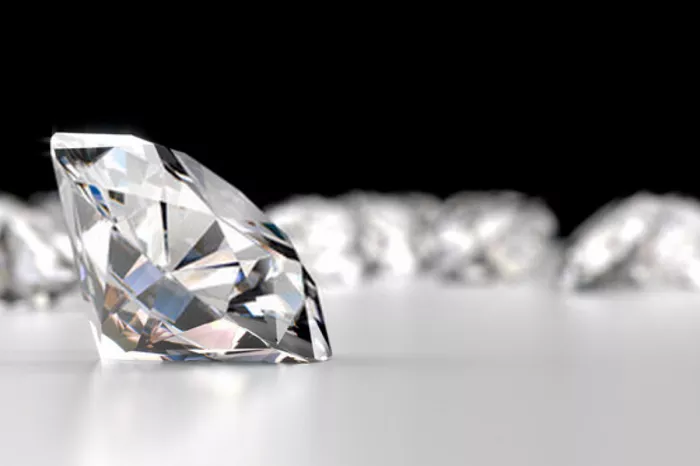De Beers is scrapping a six-year experiment on synthetic diamonds, triggered by the fallout from BHP’s failed $49 billion bid to acquire mining rival Anglo American, the current owner of the diamond industry leader.
The move to produce and market lab-grown diamonds was a controversial one for De Beers, aiming to enter the lower-cost segment of the gem market—a space it historically avoided.
Enticed by the prospect of tapping into a broader consumer base with man-made gems, there was always the risk of De Beers engaging in a race to the bottom in terms of both quality and price.
This concern materialized as advancements in diamond manufacturing made technology more accessible. De Beers’ lab-grown division, Lightbox, found itself undercut by cheaper competitors, primarily from China and India.
In what could be likened to a “DeLorean” moment—a nod to the iconic car from the Back to the Future movie—De Beers is pivoting towards a future that resembles its past: supplying high-end, top-quality gems to an exclusive clientele of discerning and affluent customers.


